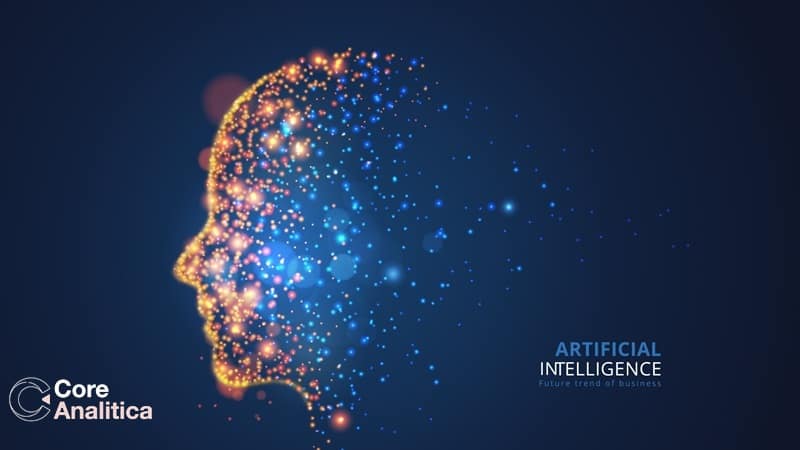
A comparison of popular AI APIs: OpenAI, Gemini, and Grok.
APIs (Application Programming Interfaces) serve as the critical link between developers and AI models, allowing for the integration of advanced AI functionalities into applications. In this article, we explore the comparison of API calls for three most prominent AI models: OpenAI’s API, Google’s Gemini API, and xAI’s Grok API.
OpenAI API
Overview: OpenAI’s API, primarily powered by models like GPT-3.5 and GPT-4, is known for its versatility in natural language processing tasks. It offers a pay-as-you-go pricing model, where costs are calculated based on the number of tokens processed.
API Call Characteristics:
- Token-Based: OpenAI uses tokens as units of text, where one token roughly corresponds to four characters in English. Pricing is based on both input and output tokens.
- Flexibility: Supports a wide range of applications from text generation, translation, to even image creation with DALL-E models.
- Response Speed: While fast, the speed can vary based on the model’s load and complexity of the request. Recent updates have aimed to optimize this further.
Main Clients:
- Developers: Especially those working on chatbots, writing assistants, or any application requiring sophisticated text handling.
- Researchers: Utilizing the API for NLP research, model training, and benchmarking.
- Businesses: For customer service bots, content creation, and data analysis tools.
Gemini API
Overview: Gemini, developed by Google, introduces a multimodal approach, capable of processing and generating text, images, video, audio, and code. It’s available in various versions like Gemini Ultra, Pro, and Nano, each tailored for different performance needs.
API Call Characteristics:
- Multimodal: Unlike text-only APIs, Gemini can handle different data types, making it suitable for a broader range of applications.
- Scalability: Different versions cater to different computational needs, from high-performance servers to mobile devices.
- Pricing: Currently, there’s a free tier with limited usage, but full operational costs are expected to increase once out of the experimental phase.
Main Clients:
- Creative Professionals: Artists, designers, and content creators for its image and video processing capabilities.
- Marketing Teams: For dynamic content generation across different media types.
- Tech Companies: Looking to integrate advanced AI into products where speed and data type versatility are crucial.
Grok API
Overview: Grok, from xAI, was designed with a unique blend of humor and wit, aiming to provide not just answers but engaging conversations. Its API is less documented publicly due to its newer status and beta phase.
API Call Characteristics:
- Conversational Focus: Optimized for dialogue that feels more human-like, with an emphasis on understanding complex questions in a playful manner.
- Speed: Grok claims high processing speeds, which could be advantageous for real-time applications.
- Integration: Currently, Grok’s API integration is more specialized, focusing on conversational AI without extensive multimodal features like Gemini.
Main Clients:
- Educators and Students: For interactive learning experiences where engagement is key.
- Tech Innovators: Those looking to experiment with conversational AI in new or unique applications.
- Service Industries: Customer interaction platforms where a friendly, helpful AI persona is beneficial.
Comparison and Considerations:
- Performance: OpenAI has been noted for reliability, especially with its GPT-4 model. Gemini’s multimodal capabilities make it versatile but might introduce complexity in API usage due to different data types. Grok offers speed but is limited in its scope compared to the former two.
- Cost: OpenAI’s pricing is clear and token-based, making it easy to predict costs. Gemini’s pricing structure is in flux, potentially posing challenges for budget planning. Grok’s specifics on cost are less transparent, given its beta status.
- Ease of Use: OpenAI’s API is well-documented with extensive community support. Gemini’s approach might require more setup for handling varied data types. Grok’s integration might be straightforward for conversational tasks but less so for other functionalities.
- Market Fit: Each API has its niche: OpenAI for broad NLP tasks, Gemini for multimedia applications, and Grok for engaging, human-like interactions.
In conclusion, choosing among these APIs depends significantly on the specific needs of our project. Whether it’s the comprehensive language processing of OpenAI, the multimodal prowess of Gemini, or the conversational charm of Grok, each offers unique advantages. As AI continues to evolve, so too will these APIs, potentially reshaping how developers approach AI integration in their applications.

